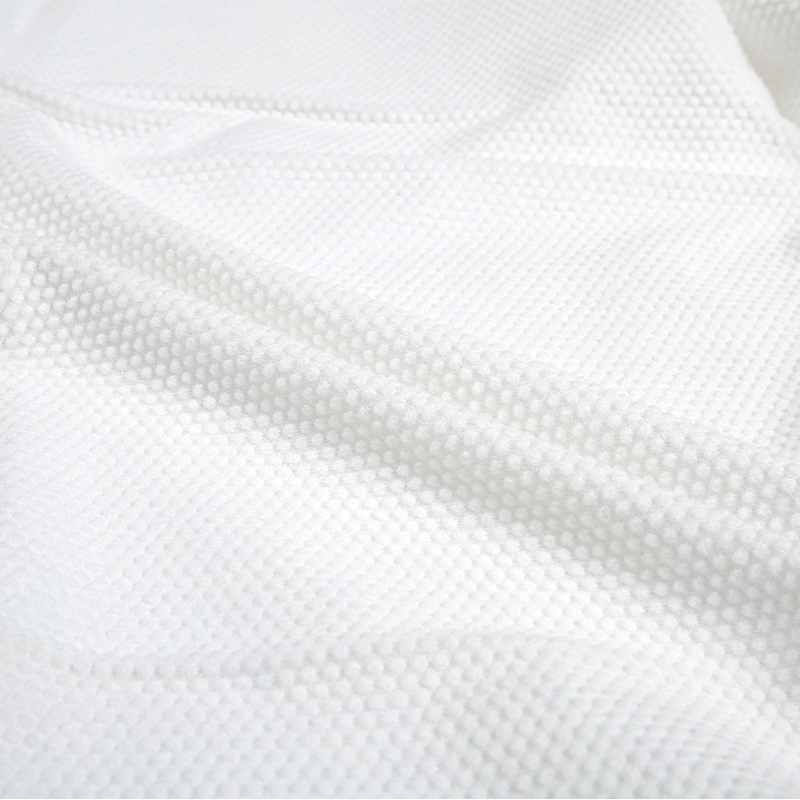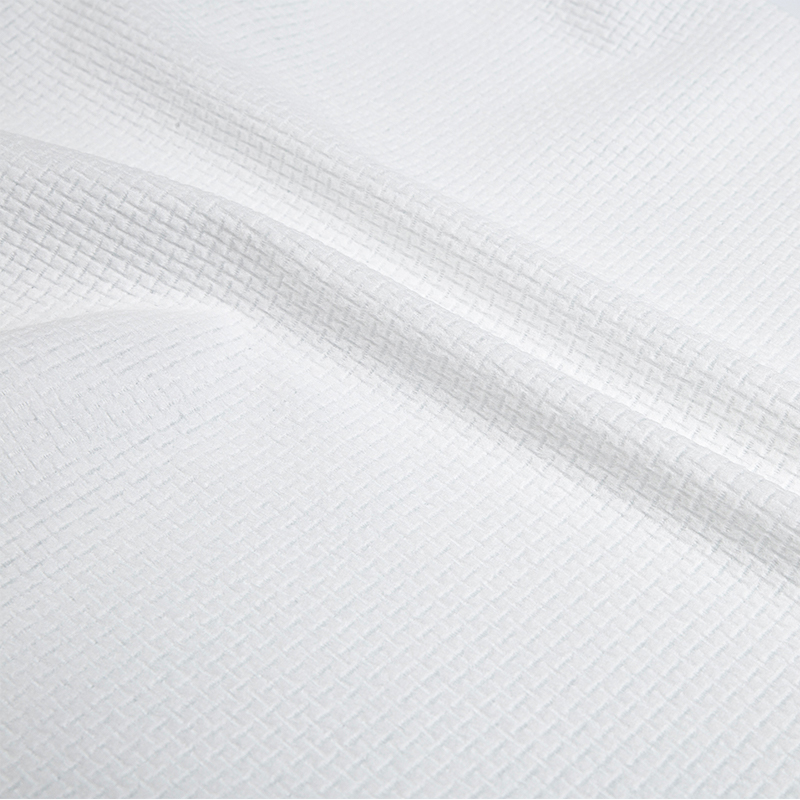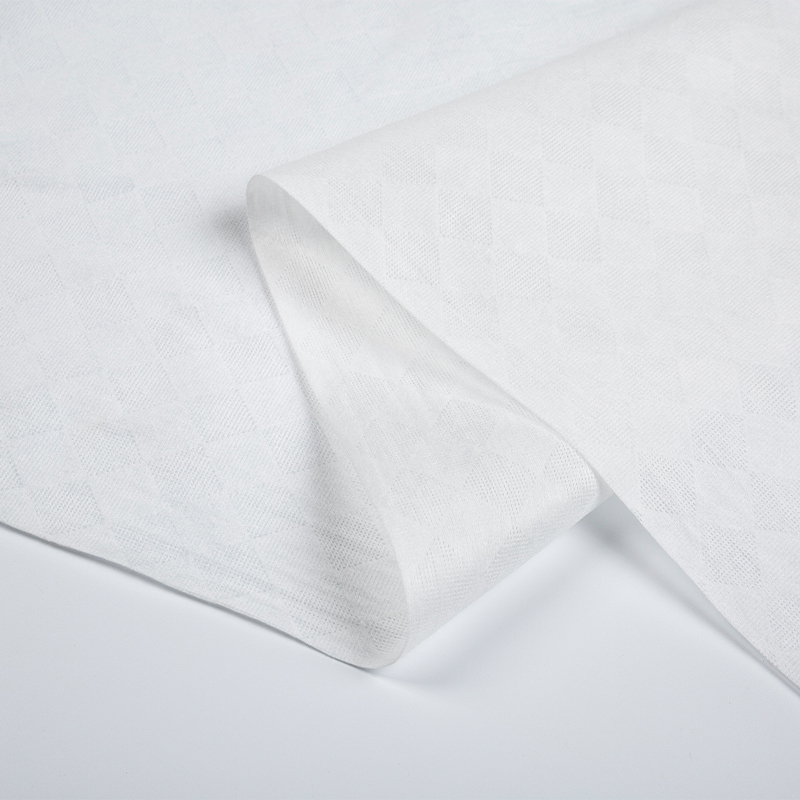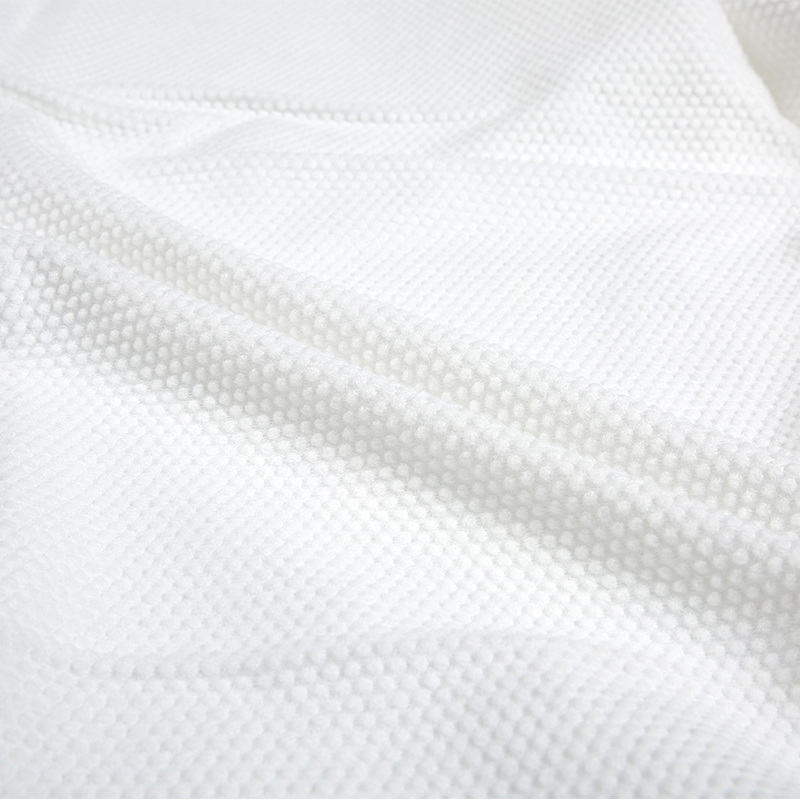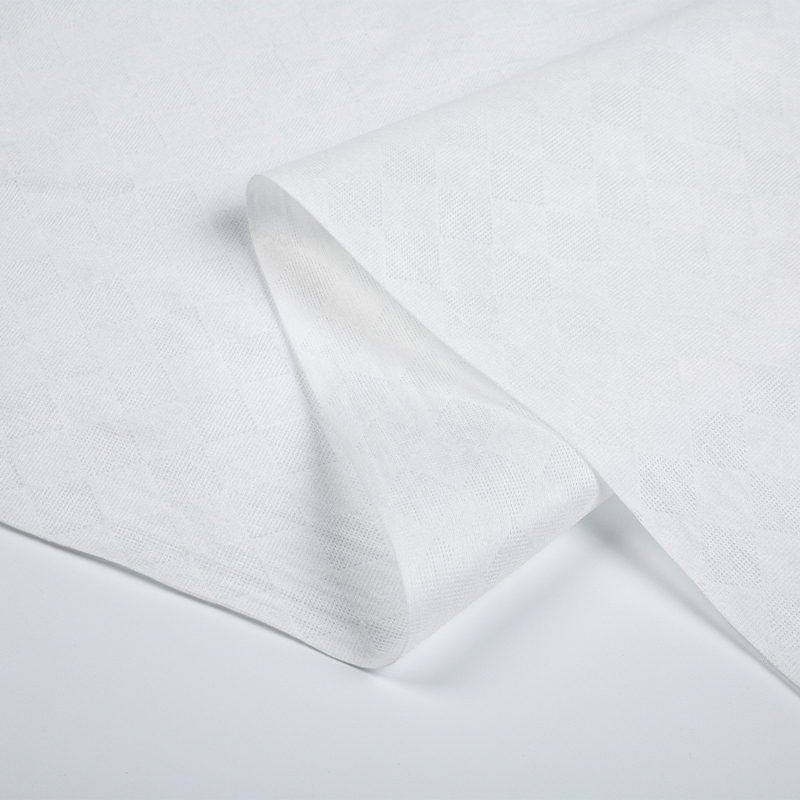Founded in 2022, Hangzhou Shunlong Nonwovens Technology Co., Ltd. is a professional China nonwoven fabric manufacturer and non-woven raw material factory
Nonwoven fabrics are a family of materials made by bonding fibers without the use of adhesives. They are used for a variety of applications, from hygiene and medical products to industrial cleaning wipes and filtration media. The most common types of nonwoven are made from natural or synthetic fibers that are combined to create a web and then bonded by one or more techniques. Nonwovens can be made from staple or continuous filament fibers or by the wet-lay process, or they can be produced by thermomechanical entanglement. The fabric’s texture can be molded or embossed and the surface can be coated to provide a variety of finishes.
A wet lay or spunlaid, fiber-based nonwoven that is made from a mixture of natural and/or synthetic materials and that has been processed to make it more durable than traditional paper. A wet laid nonwoven can be made from wood pulp or other natural fibres mixed with polymers, synthetic fibers and/or glass. It can also be made from recycled material, such as post-industrial cellulose or cotton. The wet-lay process is the most popular method for producing a nonwoven and it can be either a single or multi-layer structure.
Staple fibers are typically shorter than those used in wet-laid, spunlaid or melt-blown nonwovens. They are usually made from cellulose such as wood pulp, rayon, cotton and viscose. They can be blended with other materials such as polymers and fillers for added strength and functionality. The fibers are entangled in a wetted web using waterjets and then heat-treated to make them stronger. The resulting fabric can be pressed into sheets or into molds to form various shapes and sizes for specific applications.
The physical properties of a fabric, including its tensile strength, stretch and moisture absorption. These qualities are important for a wide range of applications, such as consumer, industrial and automotive. Whether it’s for hygiene, safety or environmental purposes, this type of nonwoven is the perfect solution. These fabrics are durable, strong and breathable and can be manufactured with numerous patterns to suit any application.
The resin bonded nonwoven is the most commonly used for dry and wet wipes. It is a type of nonwoven that has been partially or fully bonded with an adhesive binder. The bonding system is a gravure printing method that uses a solid roller engraved with indentations to deposit an adhesive binder onto the web of fibrous materials. The aqueous binding solution penetrates the web by osmosis and bonds it to itself or to another surface. It is then dried to drive off the water and leave the cured adhesive binder.
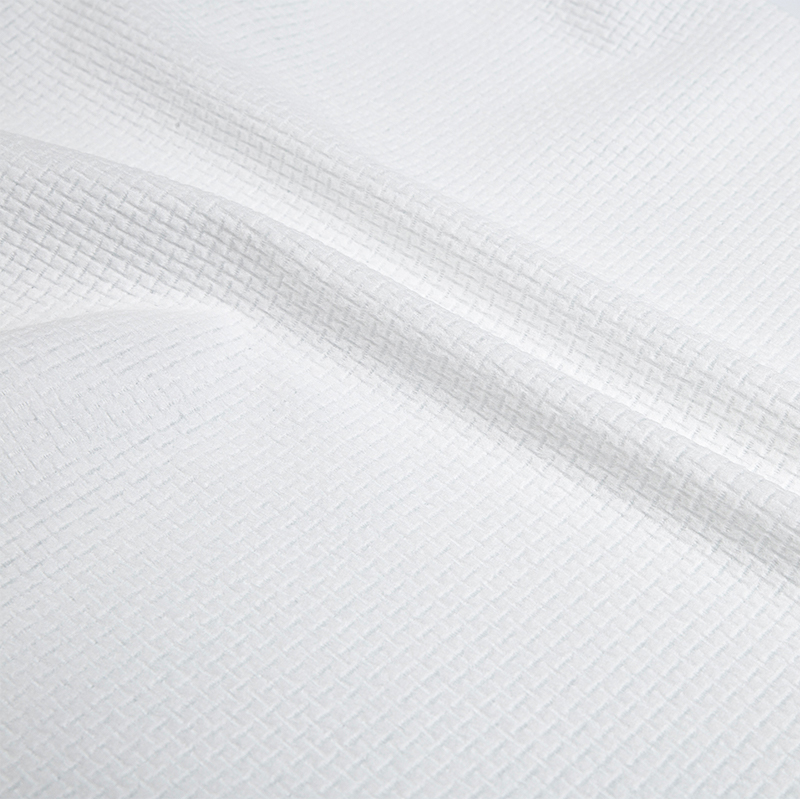

 English
English 日本語
日本語 русский
русский Español
Español